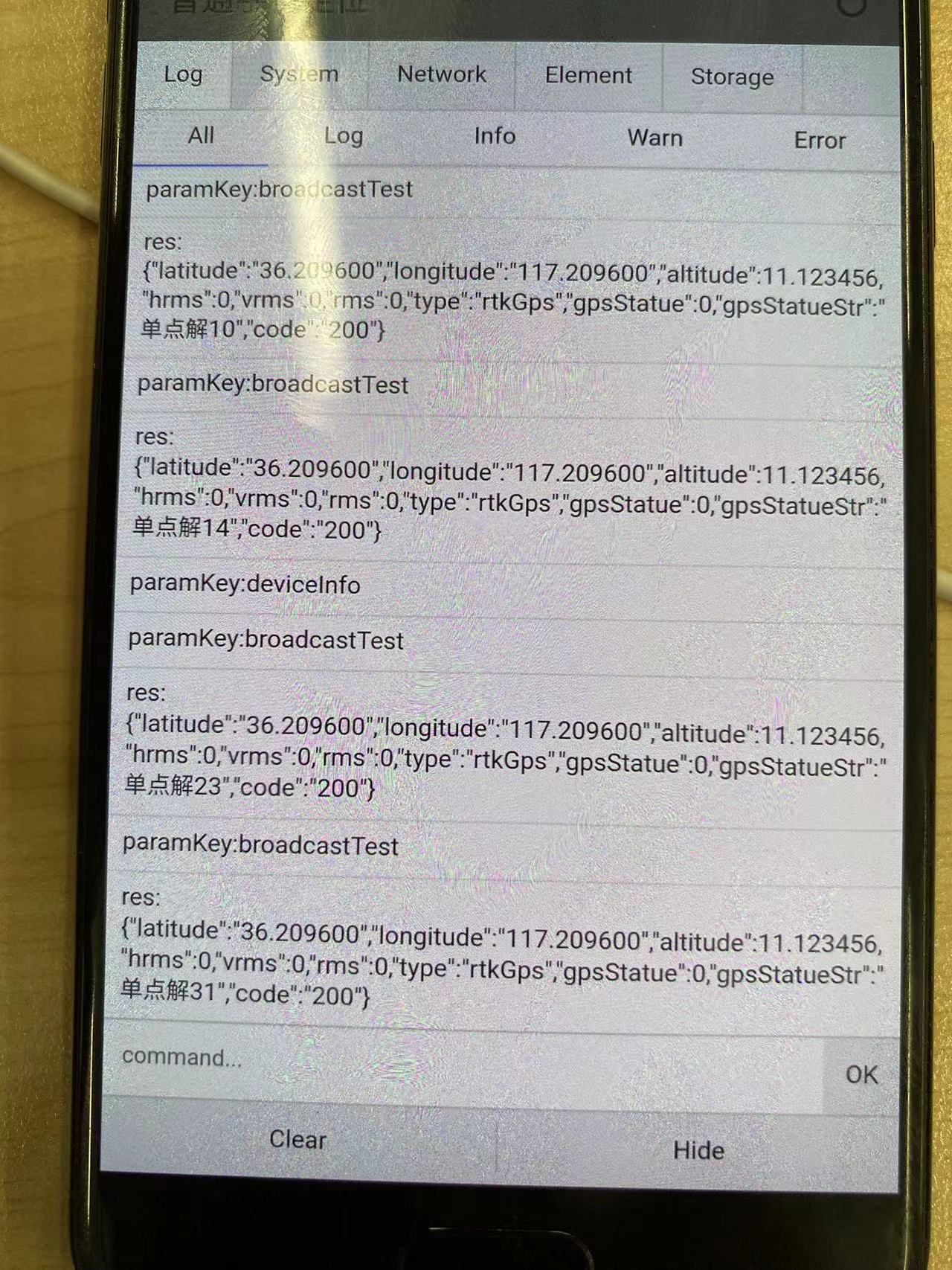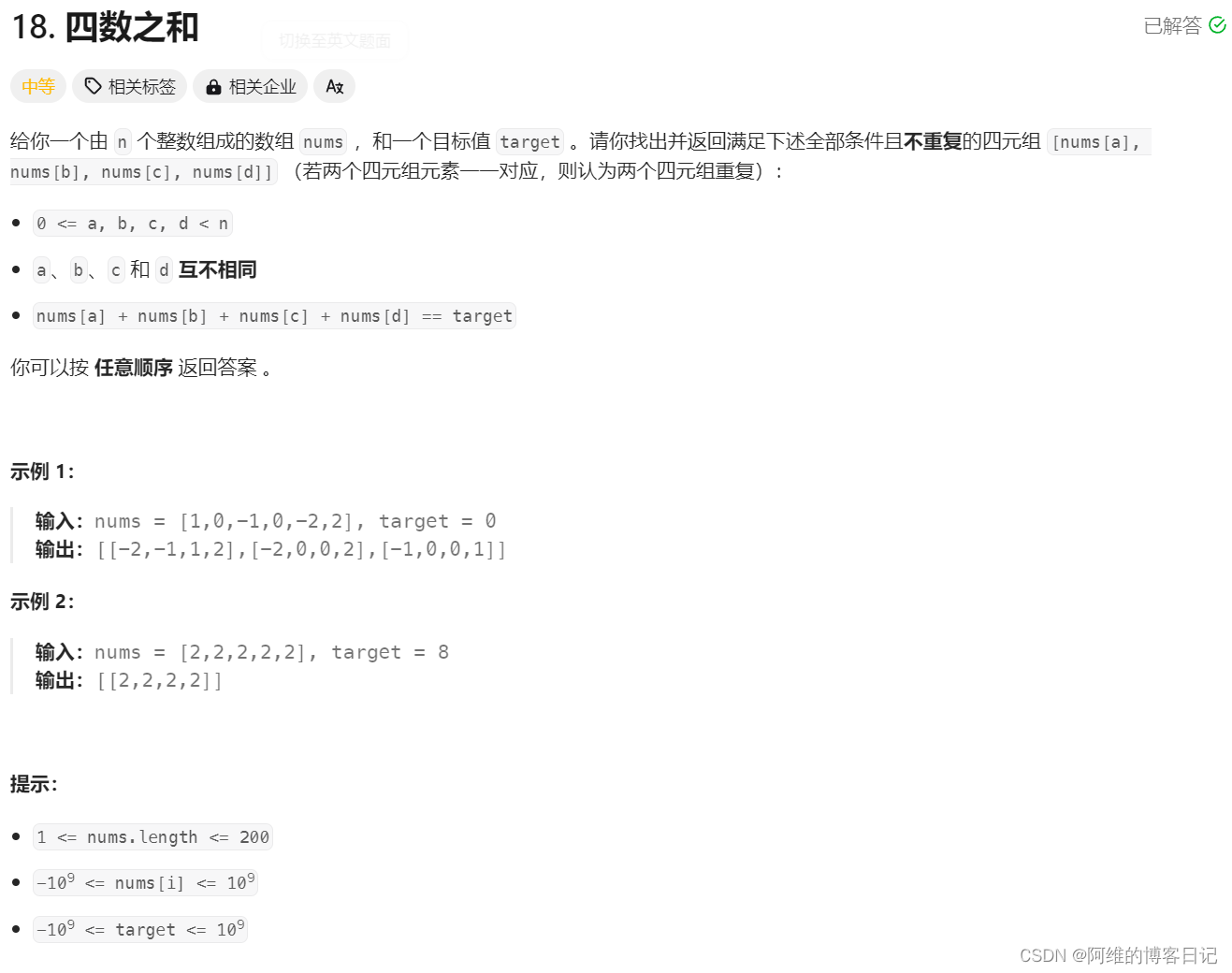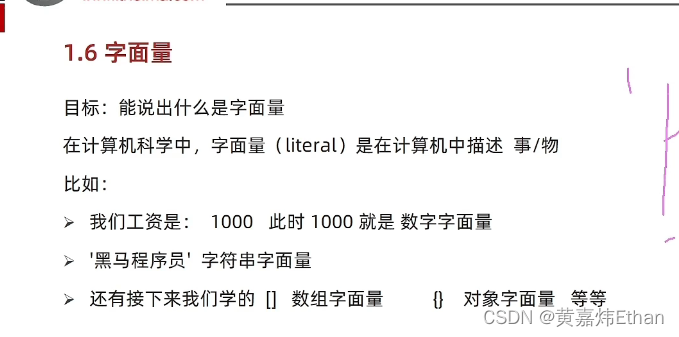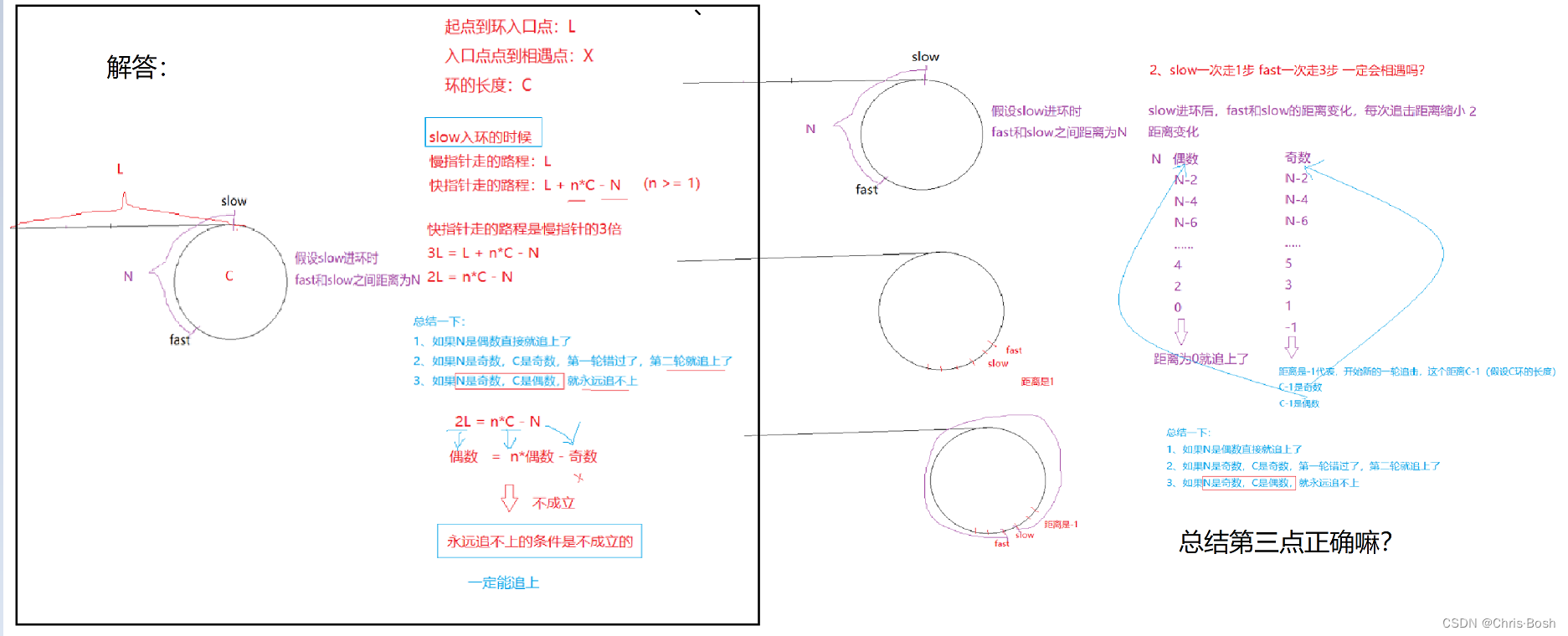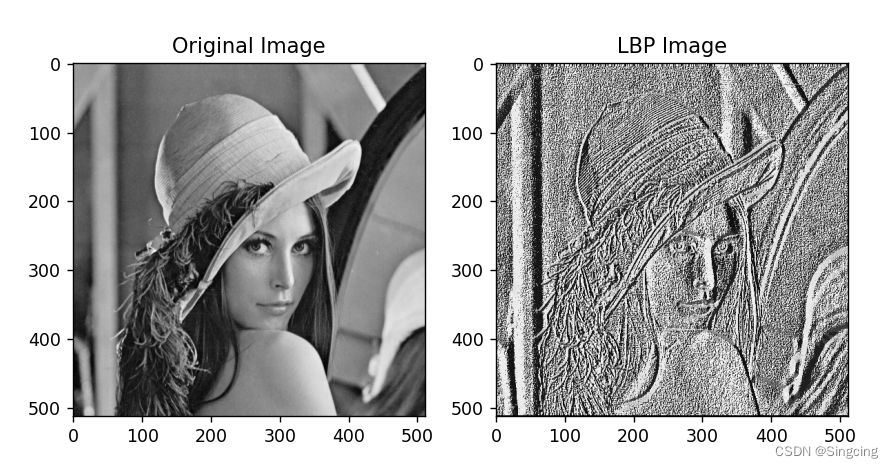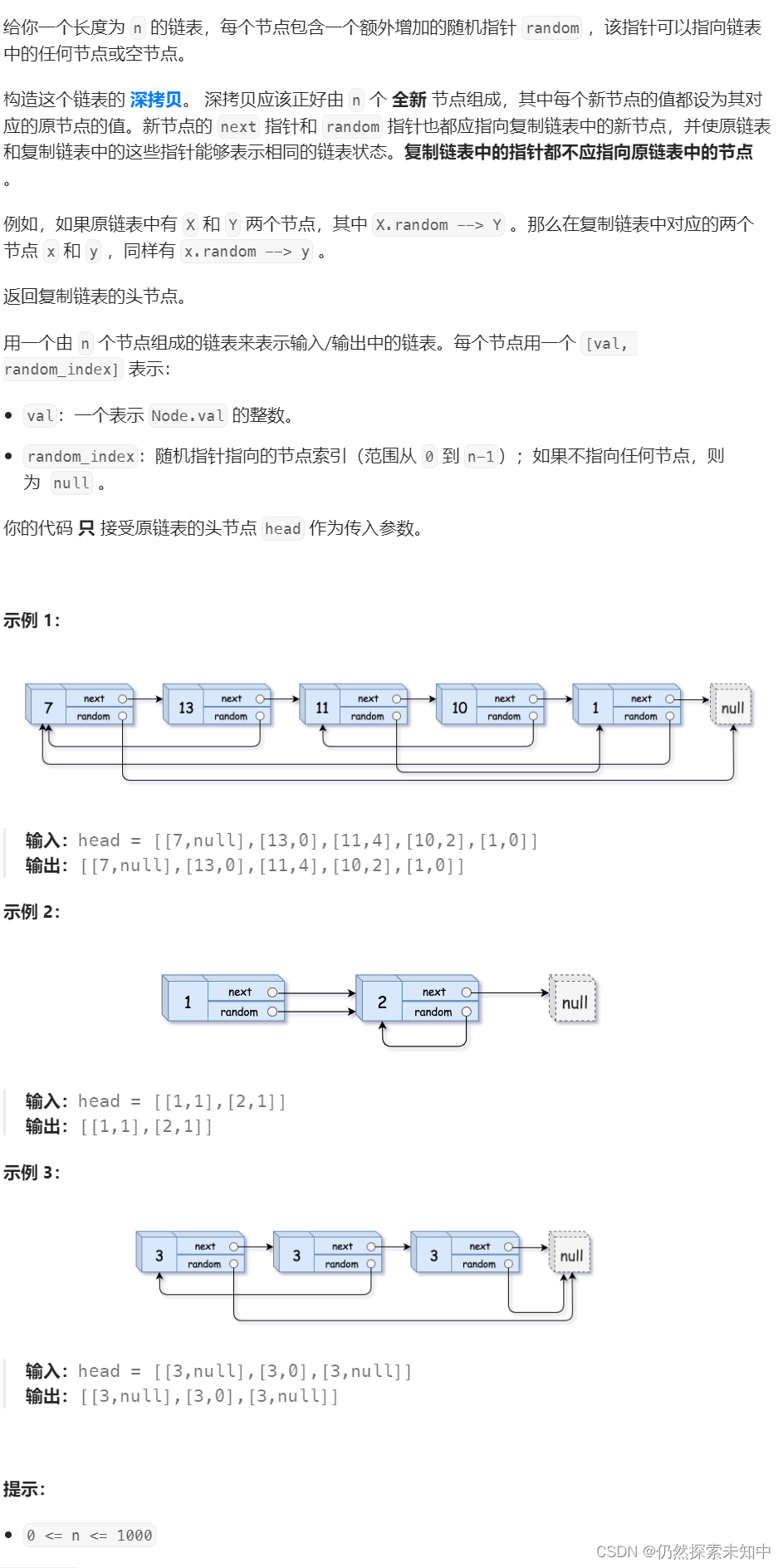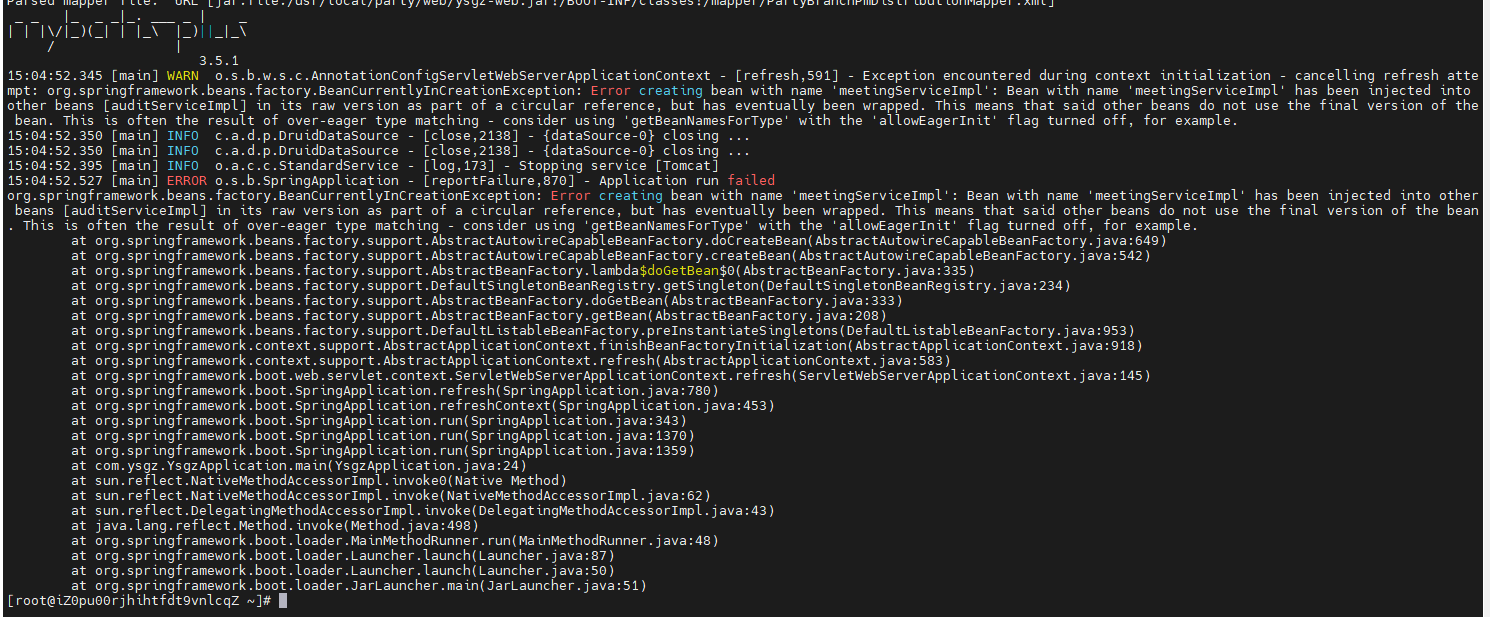1、定义一个类;实例化类的对象;调用类中的方法
#定义一个类
class Student:
#类方法(即函数)
def study(self,course_name):
print(f'学生正在学习{course_name}')
def play(self):
print("xx学生正在玩游戏")
#实例化,stu1为类的对象
stu1=Student()
stu2=Student()
#调用类中的方法
Student().play()
stu1.study('hahhjaakjij')2、创建属性,并在实例化时传入
class Student:
#初始化方法,创建属性
def __init__(self,name,age):
self.name=name
self.age=age
#
def study(self,course_name):
print(f'{self.name}正在学习{course_name}')
def play(self):
print(f'{self.name}正在玩游戏')
#实例化
stu1=Student('古成',18)
stu1.study('python')3、访问权限
class Student:
def __init__(self,name,age):
#创建私有属性
self.__name=name
self.__age = age
def study(self,course_name):
print(f'{self.__name}正在学习{course_name}')
stu =Student('kong',23)
stu.study('python')
print(stu.name)4、继承
简单的来说就是将一个类Animal作为参数传入另一个类Dog的括号中

继承具有传递性。
class Animal:
def run(self):
print("run")
def eat(self):
print("eat")
class Dog(Animal):
def bark(self):
print('bark')
class hashiqi(Dog):
def play(self):
print('hashiqi')
class Cat(Animal):
def catch(self):
print('scrach')
dog1=hashiqi()
dog1.run()
dog1.bark()#-*- codeing =utf-8 -*-
#Time:2023/11/11 21:48
#@Email: 2969234041@qq.com
#@Author:路遥知远
#@File:继承.py
#@Software:PyCharm
#动物类
class Animal:
def run(self):
print("run")
def eat(self):
print("eat")
#狗类
class Dog(Animal):
def bark(self):
print('bark')
#哈士奇
class hashiqi(Dog):
def play(self):
print('hashiqi')
#在子类中重写父类的方法,最终会执行子类中的
def bark(self):
print("牛呀")
#猫类
class Cat(Animal):
def catch(self):
print('scrach')
dog1=hashiqi()
dog1.run()
dog1.bark() 
5、重写
#动物类
class Animal:
def run(self):
print("run")
def eat(self):
print("eat")
#狗类,继承动物类
class Dog(Animal):
#自有方法
def bark(self):
print('bark')
#哈士奇,继承狗类
class hashiqi(Dog):
def play(self):
print('hashiqi')
#在子类中重写父类的方法,最终会执行子类中的
def bark(self):
print("牛呀")
super().bark()#调用父类中的方法
print("测试")
dog1=hashiqi()
dog1.bark()6、多态(不同子类调用相同父类产生不同结果)





